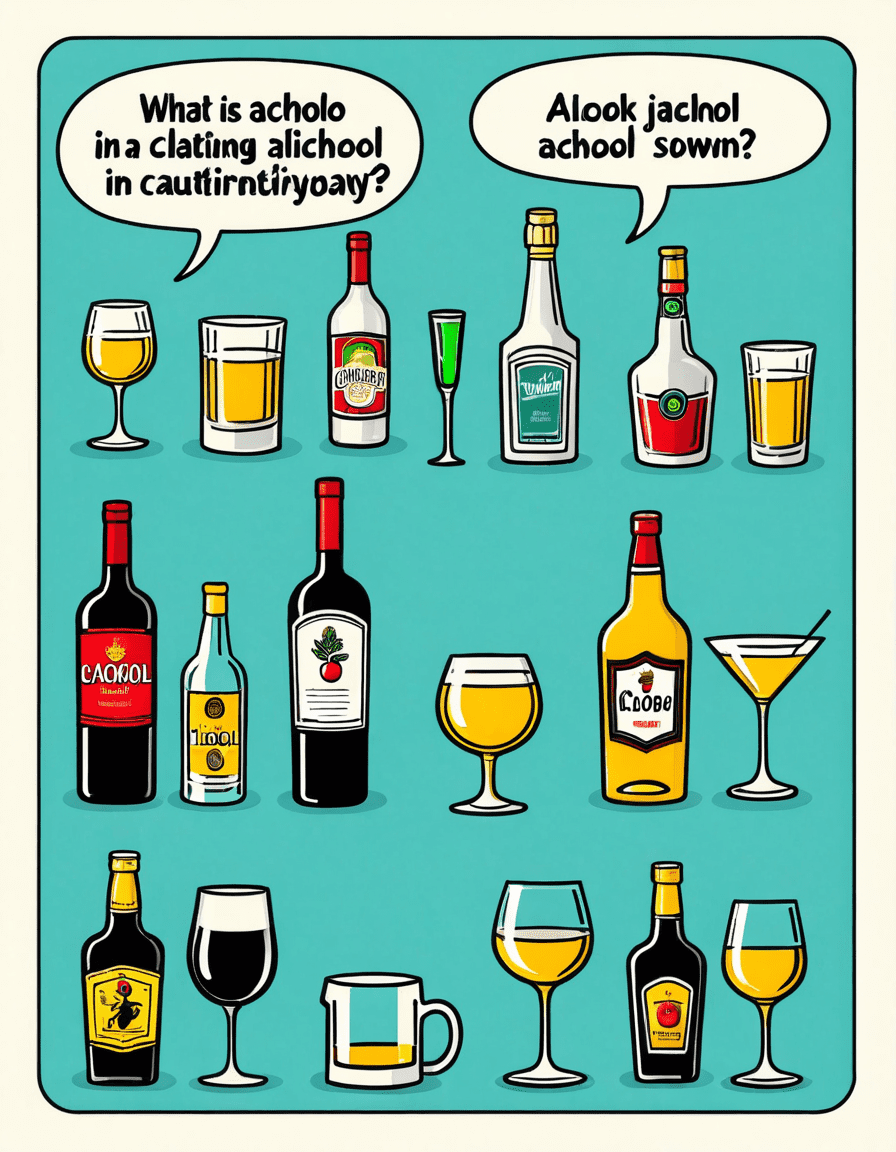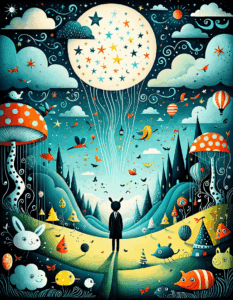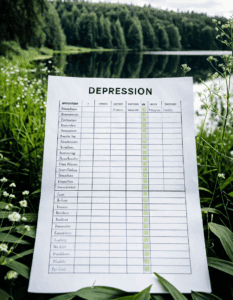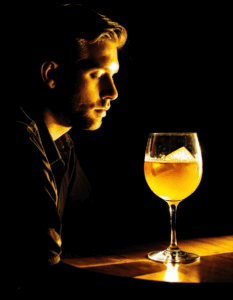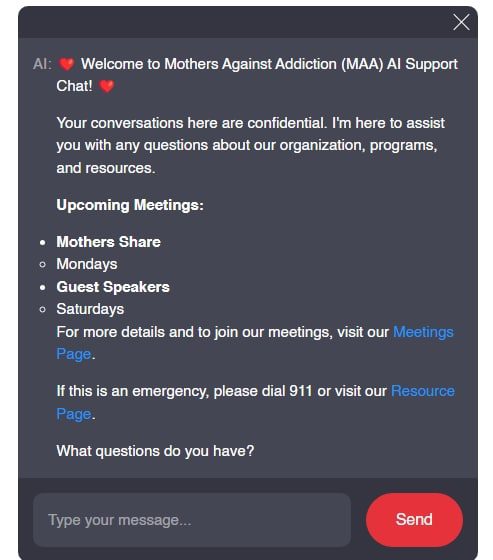Alcohol, a familiar part of social gatherings, family celebrations, and much of our culture, is no friend to our health and well-being. What is alcohol, you ask? Known as ethanol, it’s the psychoactive ingredient in beer, wine, and spirits. It may seem harmless in moderation, but it carries dangerous risks, especially in a world increasingly marked by addiction and mental health issues. The truth is, alcohol’s dangers escalate daily, and it’s crucial for parents to understand these risks—especially if they have kids struggling with substance use, or if they’ve faced the unimaginable loss of a child to addiction. With the toll of alcohol-related deaths climbing to 140,000 annually in the U.S., this conversation couldn’t be more timely or important.
Understanding the risks of alcohol means grasping the many faces of addiction and how they interrelate with our lives. As we explore what alcohol is and how it affects us, we also need to review various substances that share similar patterns of addiction. For parents like you and me, knowledge can be power, bringing clarity and hope as we navigate the turbulent waters of addiction.

What Is Alcohol? Understanding Its Composition and Risks
Alcohol, specifically ethyl alcohol or ethanol, is created when yeast ferments sugars. Its presence in society is intertwined with both celebration and tragedy. While a glass of wine at dinner may feel harmless, alcohol’s capacity to create dependency and health issues is profound and often understated. Heavy consumption can lead to serious health issues, exacerbate mental health struggles, and even endanger lives through accidents and violence.
The dangers of alcohol aren’t limited to physical ailments like liver disease. Binge drinking can even lead to acute health emergencies. When parents consume alcohol as a coping mechanism, the ripple effects can be harmful to children caught in the chaos.
Statistics paint a sobering picture:

7 Types of Substances and Their Comparative Risks
To truly understand the dangers of alcohol today, let’s compare it to six other substances, highlighting their impact and how they intertwine.

1. What Is Alcohol?
Alcohol is omnipresent, found in beers, wines, and spirits. It can be a social lubricant but becomes a poison when misused. The consequences of alcohol extend well beyond individual health, influencing family dynamics and overall societal integrity. Binge drinking is more than a risky behavior; it can trigger aggression, violence, or tragic accidents—especially among young people.
2. What Is Morphine?
Morphine, a potent opioid, is often essential for pain management, yet it carries severe addiction risks. More concerning, though, is the tendency for individuals with alcohol dependency to turn to morphine as an alternative form of escape—that is a path that leads many into compounding addiction. Recent studies reveal a startling connection between morphine use and alcohol dependence, as manifestations of co-occurring disorders emerge.
3. What Is Cannabis?
Cannabis, especially in its concentrated forms, poses risks that are often overlooked. What is cannabis? It’s primarily known for its psychotropic effects, but combining it with alcohol can lead to unpredictable reactions, intensifying both anxiety and euphoria. In some areas where cannabis is legalized, emergency room visits related to psychosis have risen significantly.
4. What Is Opium?
Opium carries a historical weight as one of humanity’s oldest drugs. Derived from poppy plants, opium’s derivatives, like heroin, are considered extremely addictive. Many individuals who find themselves struggling with alcohol addiction end up gravitating towards opium-based substances in a quest for relief or escape from their realities—a grim reality that emphasizes the dangers of addiction’s many faces.
5. What Is Meth?
Methamphetamine, popularly known as meth, presents one of the highest addiction potentials out there. Those who have struggled with alcohol are particularly vulnerable to meth addiction. Data reveal alarming trends where individuals switch from one substance to the other, creating a cycle of dependency that seems nearly inescapable.
6. The Role of Social Media and Alcohol Promotion
In today’s highly connected world, social media platforms like TikTok and Instagram often glamorize drinking culture. The marketing strategies of brands like White Claw, with clever hashtags and eye-catching imagery, mask the harsh reality of the consequences of excessive consumption. This encourages younger audiences to engage in drinking behaviors that could lead to risky habits—and ultimately, addiction.
7. The Impact of the Pandemic on Alcohol Consumption
Let’s face it: the pandemic shook the very foundation of our lives, and many people turned to alcohol as a coping mechanism. With increased stress levels, social isolation, and easy access to alcohol delivery, many homes became a place of refuge for an increasingly dangerous habit. It’s vital for parents to address these changes and remain vigilant, knowing that children observe and often internalize their parents’ actions.

Reframing Our Understanding of Addiction
Addiction is complex—it’s not a simple matter of “just saying no.” It transcends substances, weaving through the fabric of our lives in troubling ways. Open dialogues about alcohol and substance use within families are more critical now than ever. We must tackle societal pressures, cultural acceptance, and provide education around addiction.
By fostering discussions that involve understanding addiction’s many layers, we can reshape how we support our loved ones. Parents looking out for their children need resources, compassion, and accessible support systems. Advocating for mental health and emphasizing community is essential.
Friend, if you’re on this journey, remember: it’s okay to reach out, educate yourself, and seek support. Organizations like Mothers Against Addiction are here to help you navigate these waters. Together, we can foster resilience in our families and communities as we confront the realities of alcohol and addiction, growing stronger and more united in the process.
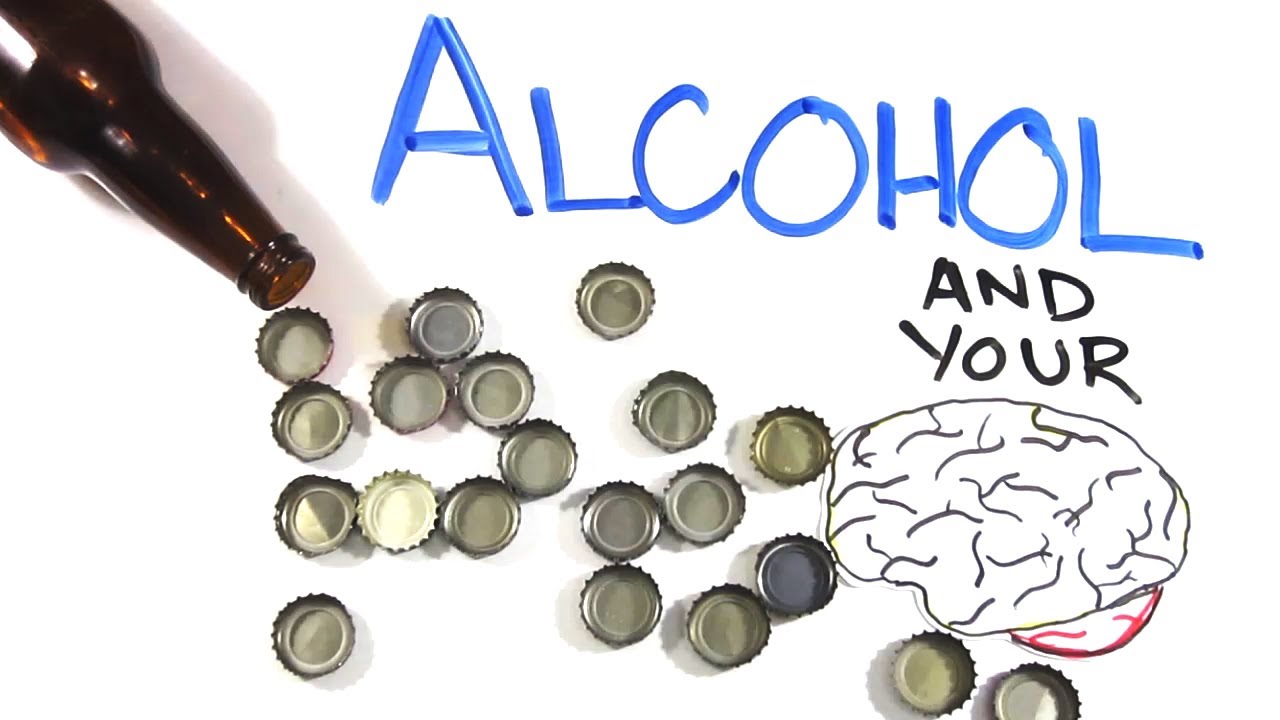
What Is Alcohol: The Basics and Beyond
When discussing what is alcohol, it’s crucial to recognize it’s not just a chemical compound. Alcohol, especially ethanol, is a substance that can affect nearly every part of your body. It’s a depressant, meaning it slows down your brain and affects your nervous system, which can lead to impaired judgment and slower reflexes. This is why, despite its prevalence, alcohol can be dangerous. Just think of how easily you might find yourself booking a last-minute trip to cheap hotels near me under $50 after a night out—decisions made under the influence can lead to regret.
Delving deeper, alcohol affects social behaviors due to its impact on our brain. Want to understand how we respond to social situations when alcohol is involved? That led researchers to develop tools like the social responsiveness scale. Interestingly, studies show that alcohol-induced behaviors can sometimes mirror the feelings people experience in their daily lives—transforming cautious individuals into the life of the party or, conversely, leading to unexpected aggression.
Moreover, many are unaware of how alcohol can intersect with other substances. If you’re curious about the various drug names, you’ll find that alcohol is often consumed alongside drugs, creating a dangerous cocktail. This combination can heighten the risks of overdose and other health consequences. Like the survival story of Esther Wang, who wandered off on a hiking trip, the need for awareness is paramount; just as she navigated the unknown, we need to tread carefully with what we consume.
Now, alcohol isn’t the only substance creating headlines today. The conversation about what alcohol is often intertwines with discussions about marijuana as well. Many people are exploring what is marijuana and how it interacts with substances like alcohol. Understanding both can arm you with the knowledge to make informed choices. And with the popularity of new products hitting the shelves, such as those regulated by the Drugs Fda, it’s more important than ever to know what you’re putting in your body. So, the next time someone offers you a drink, think about what is alcohol and the impact it might have on you—your health, your safety, and your life overall.
